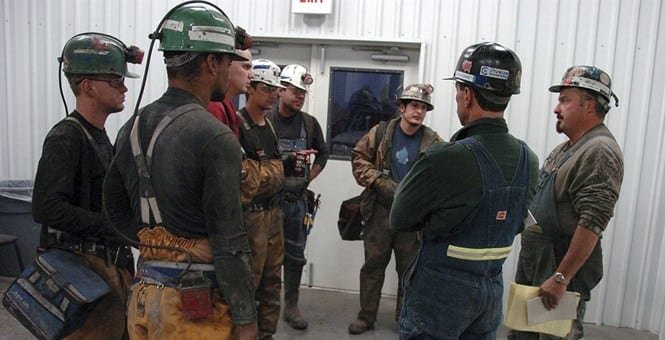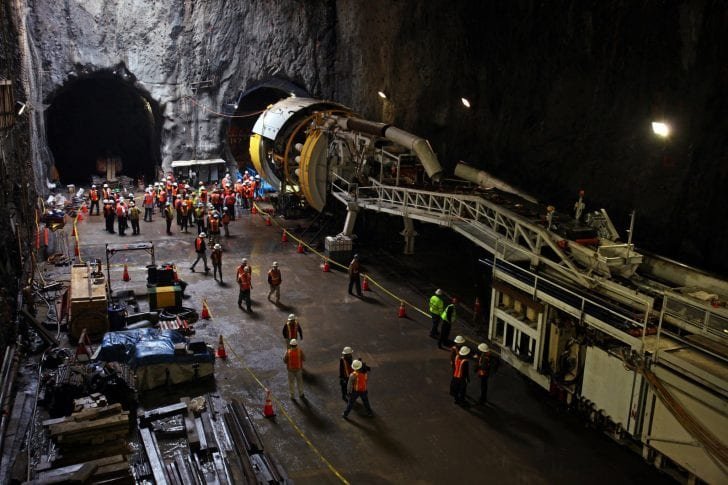
America’s Ten Priciest Metros Facing Workers Deficit

The cost of homeownership is on the rise. So much that the median price for a home in America is $240,000. These figures show a 9.1% increment from the previous year. The high rates have effectively priced out individuals looking to own properties in America’s most expensive markets.

According to the job search engine, Indeed, this has produced a ricochet effect where certain jobs have gotten priced out in the top 10 Metros across the country
In specific expensive metros, jobs like freight and logistics, customer services, landscaping, and construction are fading industries because of a lack of representation. Remarkably, even top jobs like trailer mechanic, floor technician, and concrete finisher, are missing in the top metros.
Jed Kolko, a Chief Economist, canvased jobs posted last year in 51 US metros with a population of at least a million people. Later on, he made a comparison between the 10 priciest metros using the Bureau of Economic Analysis Regional Price Parity data, with the other 41 in order to determine which industries and professions were underrepresented in the expensive markets.
As expected, the 10 most expensive metros lie along the East and West Coasts, they are Boston, Miami, Baltimore, San Diego, San Jose, Washington, D.C., Seattle, San Francisco, Los Angeles, and New York. During his analysis, Kolko made a point of excluding jobs like intelligence analysis which is only concentrated in a single region, Washington D.C.
Most of the expensive metros have an abundance of jobs in science, tech and a number of specialized industries. Careers in behavioral therapy are 12-times more likely to be found in the expensive metros than anywhere else in the country. The top 10 metros also stocked an abundance of creative jobs involving artists and directors and particular high-end professions like dog walkers, fitness managers, and pastry cooks.
Distribution

Since call centers can be set up anywhere in the world, it would not make sense for industries to set up shop in the expensive metros like Boston or Los Angeles. At present, the trend is that customer service agents are continually being outsourced and displaced by automation
Kolko remarked that through his analysis, he was able to conclude that coastal regions are typically high in demand because of the numerous productivity advantages and better quality of life. Because of their nearness to sea, houses in these regions can’t spread out in all directions. Koko shared that he believed that the coastal location of expensive metros makes them ill-fitted to have amenities like transportation services.
In the same light, logistics businesses are also more likely to benefit from the geographic advantage of being closer to the mainland national network, instead of being on the edges. Koko added that he believes this is part of the main reason why trucking and freight jobs are missing in the expensive metros.
Differentiation
The expensive metros have also impacted the cultures in those regions. Since land is more valuable in those metros, it is mainly used on highly intensive activities. Instead of conforming to the norm where every household has a couple of cars for commute, people in the big metros take public transport, bike to work or simply walk.

Space conservation efforts also mean that it’s nigh impossible for single-family houses with lawns to exist, apartments are instead found aplenty. Consequently, this means that there is less need for groundskeepers and lawn technicians to exist
The research was able to highlight the stark contrast in job opportunities in metro markets compared to the rest of the country. According to Indeed, the top 10 metros seem to have their own thing going in terms of available jobs. Notably, the Indeed report also showed that the expensive metros have a higher population of young adults, which could help explain why specific high-end services like fitness managers are in high demand.
More inDriving
-
`
Adults in Ohio Face Stricter Rules to Obtain Driver’s License
Ohio has passed a new law that will change the way adults under 21 get their driver’s licenses. Signed into law...
July 31, 2025 -
`
Gen Z Craves Career Guidance, But Their Parents Are Struggling Too
Gen Z is stepping into the future with curiosity and ambition—but they’re not doing it alone. A growing number of teens...
July 25, 2025 -
`
Do Car Insurance Companies Offer Pay-As-You-Go Plans?
Car insurance premiums often feel unfair to people who rarely drive. Yet, most traditional auto policies still charge a fixed monthly...
July 17, 2025 -
`
Why the Koenigsegg Sadair Spear Is the Ultimate Hypercar Beast
Koenigsegg has revealed a new beast—the Sadair’s Spear. Tuning its focus on raw performance and brutal speed, this hypercar marks the...
July 11, 2025 -
`
Which States Have the Safest—and Riskiest—Drivers in America?
Driving safety isn’t just about skill. It’s also about location. A recent nationwide report shines a spotlight on where drivers are...
July 4, 2025 -
`
How to Save on Tesla Car Insurance Without Compromising Coverage
Owning a Tesla often brings savings on fuel and a futuristic driving experience, but the conversation changes quickly when it comes...
June 26, 2025 -
`
10 Weird Cars That Turned Heads and Won Hearts
Some cars turn heads with speed, others with luxury—but a rare few grab your attention simply by being delightfully strange. From...
June 20, 2025 -
`
Next-Gen Jeep Cherokee Expected to Arrive by Late 2025
After a break of two years, Jeep is prepared to relaunch the Cherokee brand. The automaker confirmed the return with fresh...
June 12, 2025 -
`
9 Tips to Make Night Driving Safer and Less Frightening
Once the sun dips below the horizon, driving becomes more than just a commute—it becomes a challenge. Limited visibility, harsh glares,...
June 6, 2025















You must be logged in to post a comment Login